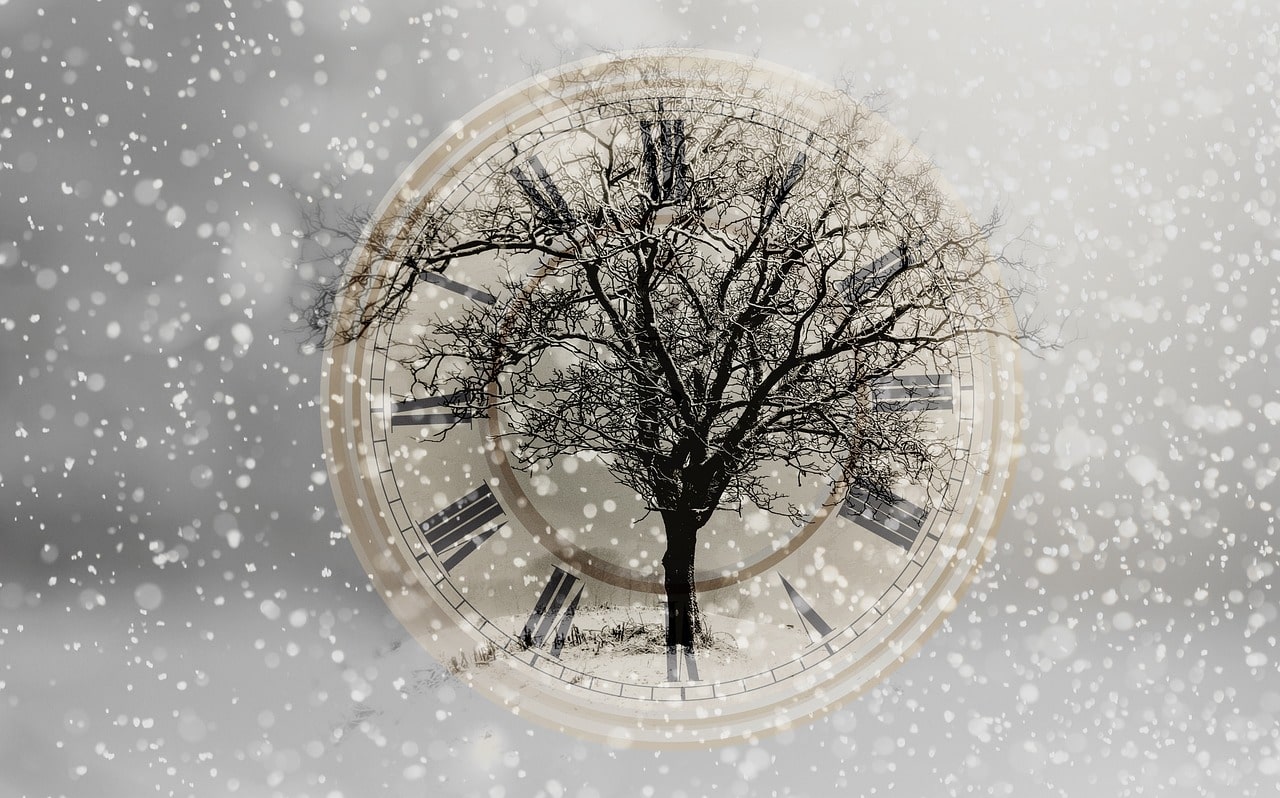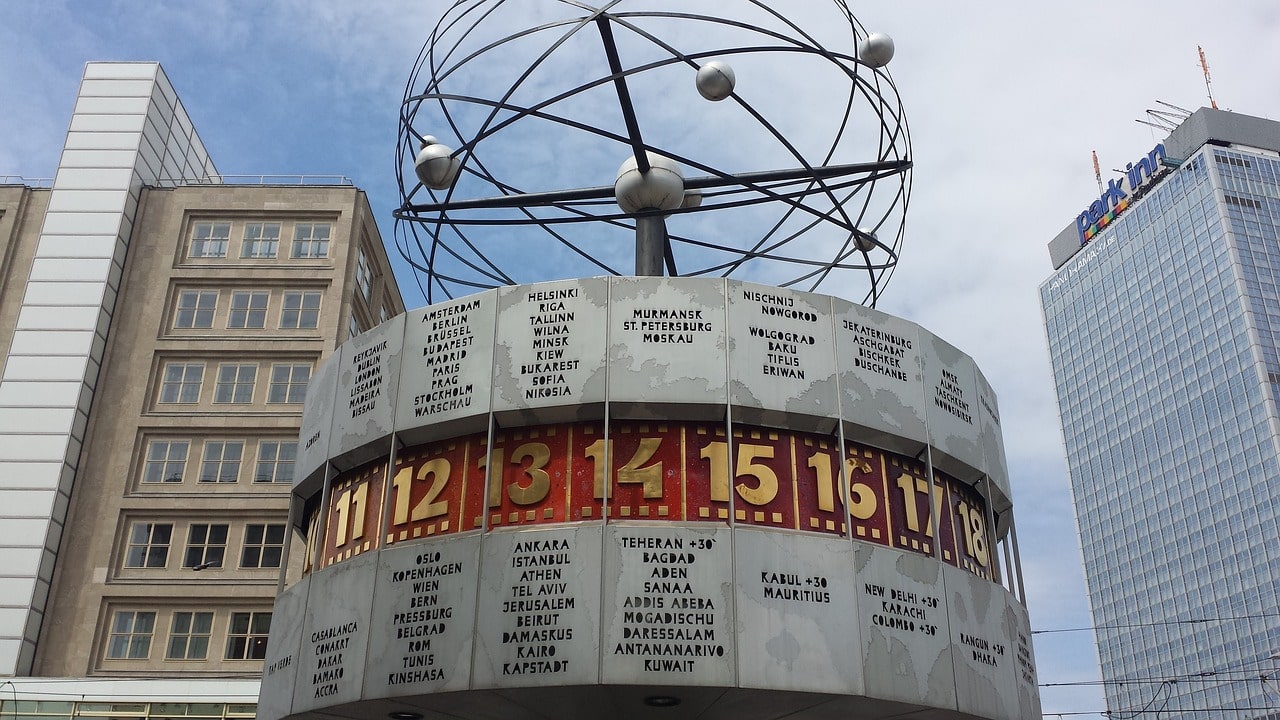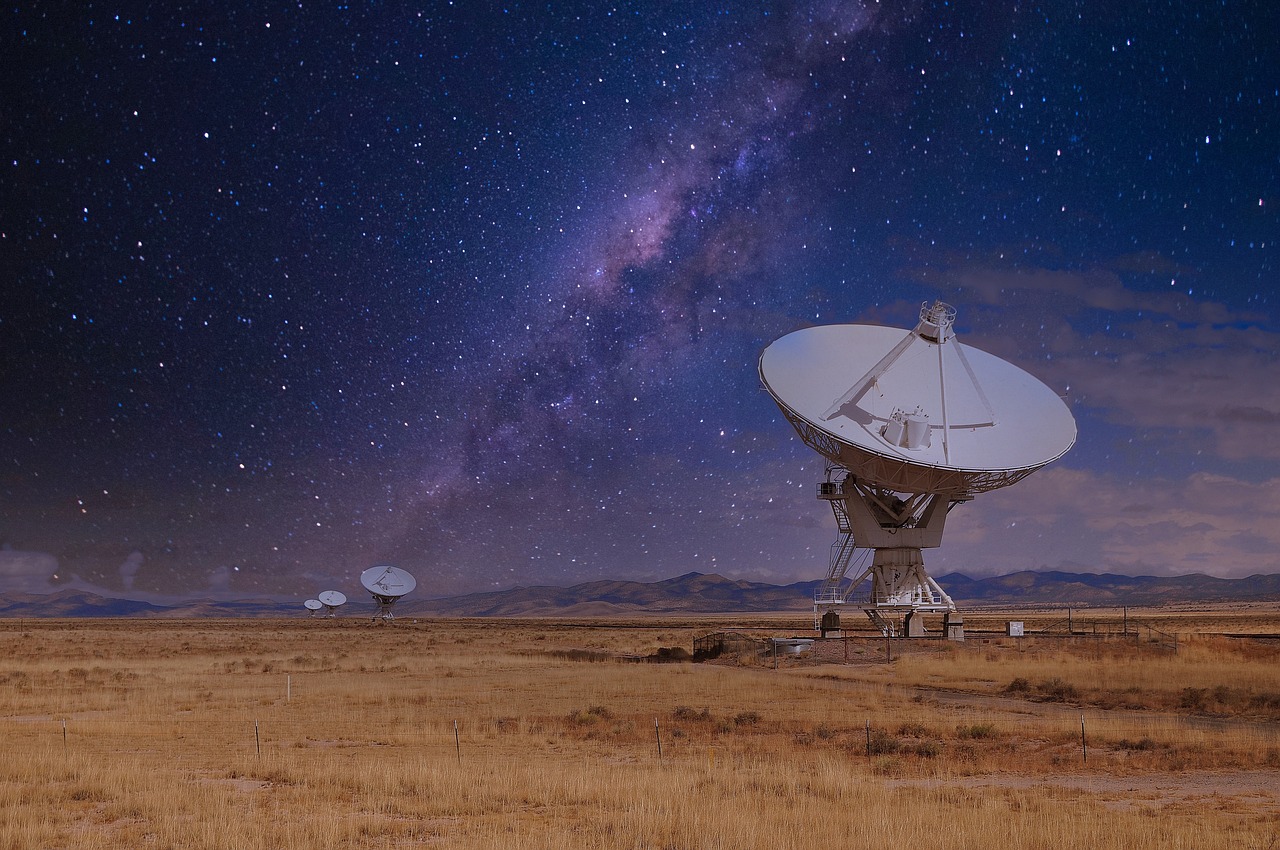Understanding Winter Time and Standard Time
"Winter Time" is a term that often pops up when people talk about the colder months of the year. It's important to note that Winter Time is simply another name for what is officially called Standard Time. This time is used during the months when Daylight Saving Time (DST) is not in effect.

What is Standard Time?
Standard Time is the time set by law or custom in a particular region or country. It's the baseline time that doesn't change unless a country is observing Daylight Saving Time. For example, terms like Eastern Standard Time (EST) in the United States or Greenwich Mean Time (GMT) in the UK are references to Standard Time.
The Role of Daylight Saving Time (DST)
During Daylight Saving Time, clocks are set forward by one hour to better use daylight during the evening hours in the warmer months. This shift means that Standard Time, or Winter Time, is temporarily replaced by what is often called Summer Time.
When Daylight Saving Time ends, usually in the autumn, clocks are set back one hour, and Standard Time resumes. This return to Standard Time is what people commonly refer to as Winter Time because it aligns with the fall and winter months.
The Use of "Winter Time" Around the World
"Winter Time" is mainly used in Europe and other regions that observe Daylight Saving Time. In countries like Germany ("Winterzeit"), the Netherlands ("Wintertijd"), and Scandinavian countries ("vintertid"), Winter Time is a familiar term that marks the end of the DST period and a return to Standard Time.
While the term is widely recognized in countries with DST, it's not universally used. More than 60% of the countries worldwide stick to Standard Time all year round, without shifting their clocks back and forth for Daylight Saving Time.
Permanent Summer or Winter Time?
The discussion has been ongoing around whether to keep DST or switch permanently to Winter Time (Standard Time) or Summer Time (DST). In the European Union, proposals have been to scrap DST altogether, leaving each member country to decide whether to stick with permanent Summer Time or Winter Time.



